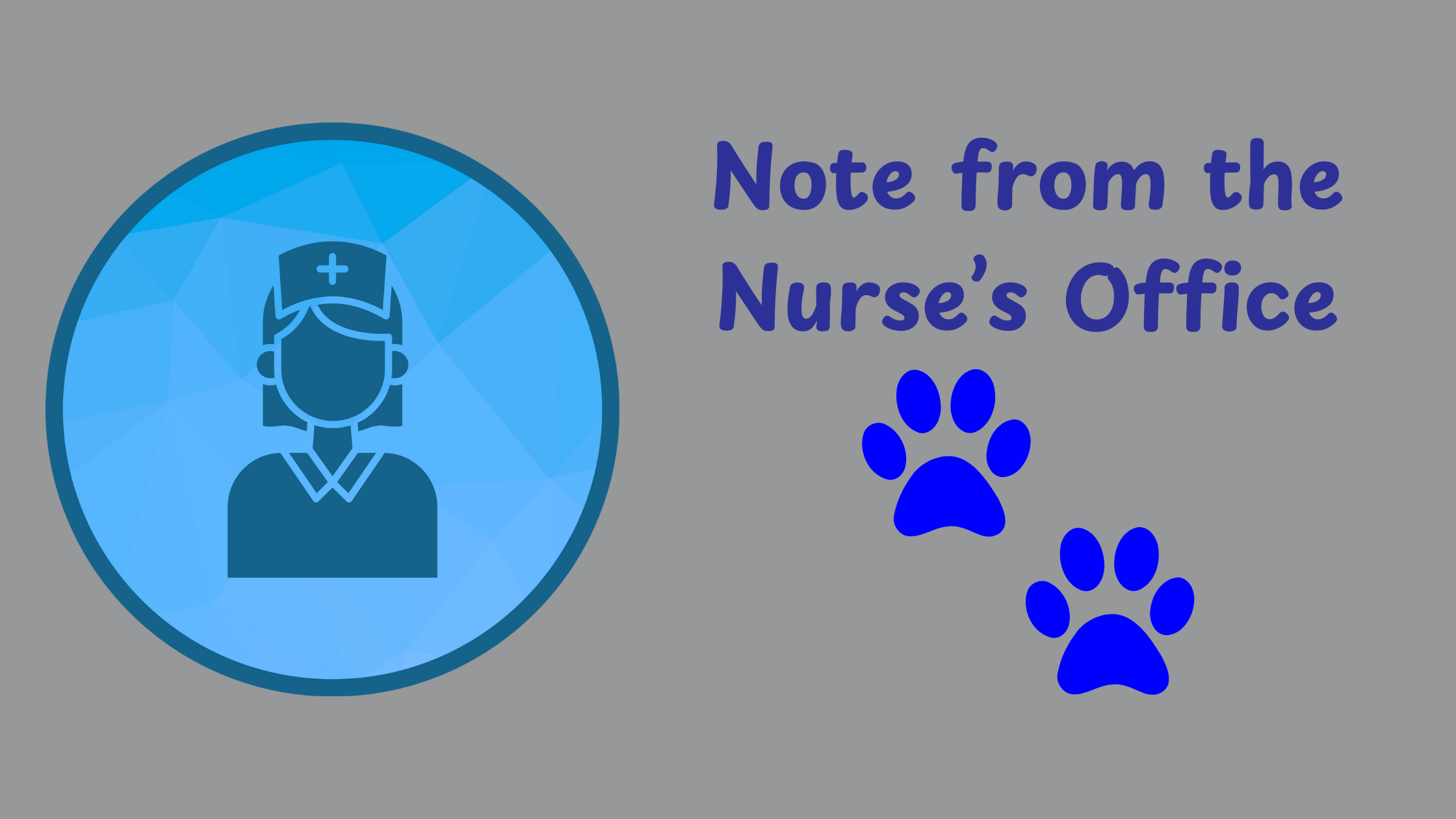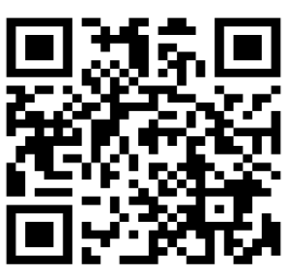Spring Things…from the Health Office
Spring is here with sunny, warm days and the early emergence of pollen and molds that trigger seasonal allergies. Children, who have never been diagnosed with seasonal allergies before, are often affected when the pollen/mold levels are high.
Common symptoms include itchy/watery eyes, nasal stuffiness/drainage, scratchy throat, and headaches. If your child suffers from allergy symptoms, please contact your doctor for advice on eye drops, nasal sprays, or an appropriate non-drowsy allergy medication that can be taken before school to provide all day relief from symptoms.
Poison Ivy is everywhere. Contact with the oil from the plant’s leaf causes irritation and an itchy, red pimple-like rash. Children should wear appropriate clothing to protect skin exposure to poison ivy, especially in wooded or grassy areas. Showering after being outdoors is also a good practice to prevent irritation. If a skin rash develops, over-the-counter medications such as caladryl lotion or hydrocortisone cream will provide relief from minor symptoms. When the rash affects the face or eyes, contact your doctor, as a prescription medication may be needed. It is important to remove over-the-head clothing carefully to protect the face and eyes from contact with poison ivy on clothing.
As outdoor evening activities increase, the time of day when mosquitoes are most active, use of bug repellent can help prevent bites. Ticks can be found in the woods, but also in low bushes, grass and on pets. It is a good practice to check children and pets for ticks when they come in from outdoors.
Drinking enough fluids and good nutrition are very important during the arm weather as the body works harder to regulate its temperature. Please encourage your child to have a full glass of a beverage, water preferred, with breakfast and to bring a drinks for snacks and lunch. Sunscreen can be applied in the morning since recess is usually outdoors, weather permitting.
Sherri Knight-Cloud, RN, BSN
School Nurse
Hill Roberts Elementary
Cosas de la Primavera…de la oficina de Salud
La primavera ha llegado con días soleados y cálidos y la aparición temprana de polen y moho que desencadenan las alergias estacionales. Los niños, que nunca han sido diagnosticados con alergias de temporada, a menudo se ven afectados cuando los niveles de polen y moho son altos.
Los síntomas comunes incluyen picazón en los ojos, congestión nasal, garganta irritada y dolores de cabeza. Si su hijo sufre de síntomas de alergia, por favor póngase en contacto con su médico para obtener asesoramiento sobre colirios, aerosoles nasales, o medicamentos contra las alergias que puedan ser tomados antes de la escuela para proporcionar alivio durante los días con síntomas de alergias.
Poison Ivy está en todas partes. El contacto con el aceite de la hoja de la planta provoca irritación y salpullido rojo (erupción leve y pasajera, formada por muchos granitos o ronchas). Los niños deben usar ropa apropiada para proteger la piel a la exposición de la hiedra venenosa, especialmente en áreas boscosas o de pastizales. Ducharse después de estar al aire libre es también una buena práctica para evitar la irritación. Si se desarrolla un salpullido en la piel, el uso de medicamentos de venta libre, tales como Caladryl o una loción o crema de hidrocortisona pueden proporcionar alivio. Si el salpullido afecta la cara o los ojos deberá consultar a su médico, ya que un medicamento de prescripción puede que sea necesario. Es importante quitarse la ropa con cuidado para proteger la cara y los ojos del contacto con hiedra venenosa que pueda haber en la ropa.
Durante las actividades en la tarde/noche, a la hora del día cuando los mosquitos estén más activos, el uso de repelente de insectos puede ayudar a prevenir las picaduras. Las garrapatas se pueden encontrar en los bosques, pero también en arbustos, hierbas y animales domésticos. Es una buena práctica chequear a los niños y mascotas, en busca de garrapatas, después de haber estado afuera.
Beber suficientes líquidos y una buena nutrición es muy importante durante el clima cálido debido a que el cuerpo trabaja más para regular la temperatura. Por favor anime a su hijo a tomar un vaso de alguna bebida con el desayuno, preferiblemente agua, y a llevar una bebida para la merienda y el almuerzo en la escuela. Protector solar se puede aplicar por la mañana ya que si el tiempo lo permite el recreo es generalmente afuera.
Sherri Knight-Cloud, BSN, RN, NCSN
Enfermera de la Escuela Hill Roberts
Updated Guidance for Respiratory Viral Illnesses
The Massachusetts Department of Public Health (DPH) has updated recommendations for schools and the general public to prevent the spread of any respiratory viruses. There are no longer any statewide isolation or quarantine requirements for those who test positive for COVID-19. This aligns with the March 1, 2024, updated guidelines released by the Centers for Disease Control and Prevention (CDC).
The new guidance applies to any respiratory viral illness such as Covid, Flu or RSV. Symptoms of a viral illness include fever, chills, fatigue, cough, runny nose, and headache.
The new guidance states that even with a positive Covid test, individuals may return to school/work and resume normal activities when:
● they have not had a fever for at least 24 hours without the use of fever-reducing medications like acetaminophen (Tylenol) or ibuprofen (Advil, Motrin) AND
● symptoms are improving.
For additional information – please refer to the student handbook under “School and Illness: When your Child Should Stay Home.”
If you have any questions or concerns, please contact your school nurse.
School and Illness: When Your Child Should Stay Home
When your child is sick, it is important to know when they should stay home from school. Your child should not go to school if they have:
• A fever of 100.0 Fahrenheit or greater– your child can return to school after they have been fever free for 24 hours without the use of medication to treat or prevent fever.
• Diarrhea – your child can return to school after 24 hours without any episodes of diarrhea.
• Vomiting – your child can return to school after 24 hours from the last episode of vomiting.
• Excessive coughing or wheezing
• Illness that requires treatment with an antibiotic – your child should remain home until they have completed 24 hours on prescribed medication. (Examples include but not limited to- strep, impetigo, conjunctivitis)
School can be a long and demanding day especially after an illness. Your child should be eating and sleeping normally after an illness before returning to school.
Please contact your School Nurse with any questions or concerns.
Sherri Knight-Cloud, BSN, RN, NCSN
sknightcloud@attleboroschools.com or (508) 399-7560

























